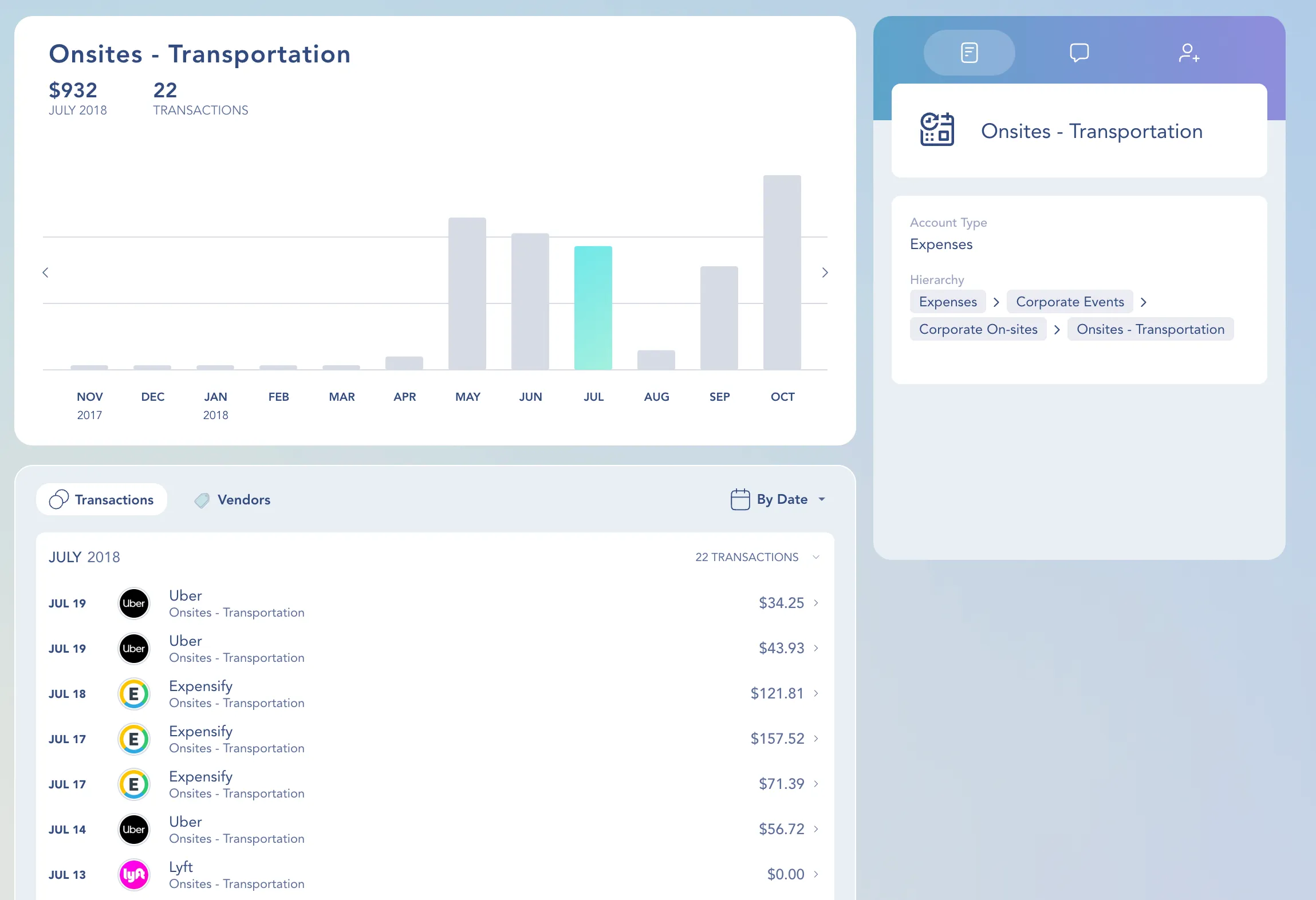In the business world, the term “per diem” is quite common, but its meaning and application often confuse individuals. To clear these misconceptions, let's dive into the definition, implications, and operations of a “per diem” system.
What does Per Diem mean?
In Latin, “per diem” directly translates to “per day”. In a business sense, it is often applied in two different contexts:
Per diem expenses - amount of money an employer reimburses its employees for work-related expenses incurred daily
Per diem employees - individuals who are not full-time workers but are hired on a daily basis for temporary or part-time work
Per Diem Expenses
Per diem expenses is the daily allowance granted to employees or workers for work-related travel expenses. These expenses often encompass meals, accommodation charges, and incidental expenses that a worker incurs whilst engaged in official travels.
While some companies choose to reimburse actual expenses based on the receipts employees submit, others find it more simplistic and efficient to use a per diem rate. This way, the employees can spend up to the given per diem rate without having to provide detailed expenditure breakdowns. The per diem rates usually vary, depending on the cost-of-living index of different localities.

The Legality and Functionality of Per Diem
Per Diem expenses serve two main legal and functional purposes in the business world. First, they guard against employees having to bear the burden of work-related travel expenses. Simultaneously, they also prevent them from profiting from such official travels.
Secondly, they streamline the accounting process for such expenses. With per diem rates, companies can bypass the tedious task of analyzing every single receipt submitted by the employees, thereby making it easier for them to maintain accounts and conduct audits.
Per Diem Rates
Generally, per diem rates undergo periodic review and updating to mirror the current cost of living in diverse areas. In the U.S., the General Services Administration (GSA) publishes per diem rates for every locality in the continental United States. For international travel, the rates are released by the Department of State.
Tax Implications of Per Diem Expenses
It's also essential to note the tax implications tied to these expenses. Often, per diem payments that don't exceed federal per diem rates are not considered income; hence, they are not subjected to tax. However, any amounts exceeding these rates may be taxable. Employers must report such overages on the employee’s W-2 form.
The critical thing is to follow the Accountable Plan rules as stipulated by IRS guidelines. The plan must include a business connection, substantiation, and returning excess amounts.
The use of per diem rates proves to be a mutually beneficial approach—not only simplifying an employer's accounting process, but also saving the employee from an arduous expense reporting process. The key is to establish clear, fair per diem policies and keep abreast of current rates and policies for tax compliance.
Per Diem Employees
Per Diem employees are workers whose employment status is not set to regular part-time or full-time. Instead, they work on an as-needed basis, often filling in for full-time employees who are absent, or in response to a surge in work demands. Because of their sporadic work nature, they’re compensated daily, hence the per diem terminology.
The Nuances of Per Diem Employees
Being a per diem employee comes with its unique peculiarities. Unlike regular full-time workers, per diem employees may not have access to the typical benefits such as health insurance, paid time off, or retirement savings plans. However, their flexible schedules allow them to have other commitments such as schooling or a second job.
Functionally, companies find per diem workers beneficial as they ensure that the necessary work gets done without committing to long-term employment contracts or added overhead costs associated with full-time employees. Plus, they provide an excellent way to manage unexpected workload increases without overwhelming the regular staff.
Hiring Per Diem Employees
When hiring per diem employees, it's crucial that employers set clear expectations. Workers need to understand their work assignments, pay rate, hours, and any other relevant conditions of their employment. Employers should clearly communicate the expectations around availability, notice periods for work, and clarify that their per diem status does not guarantee a certain amount of work or consistent schedule.
Legal Concerns Regarding Per Diem Employees
Businesses need to stay on the right side of labor laws when it comes to per diem employees. Employers must offer equal pay for equal work. Maintaining fair labor practices and following the Fair Labor Standards Act (FLSA) guidelines is critical. Furthermore, issues concerning overtime should be handled according to the law to avoid potential lawsuits.
In terms of taxation, per diem employees often handle their own tax deductions as independent contractors, unless their status is otherwise defined in their agreements.
Ultimately, per diem employees present a flexible labor solution for businesses, often proving helpful in catering to fluctuating work demands. While they may not enjoy all the benefits that regular employees do, the flexibility in their schedules garners attention. As with any professional engagement, transparent communication about expectations and legal considerations, especially concerning fair pay and labor conditions, proves vital in making a per diem arrangement successful.

